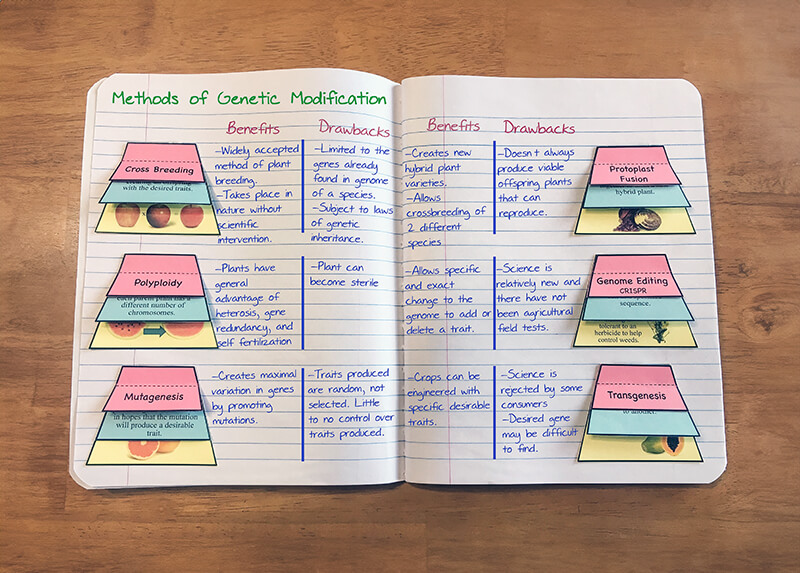
Methods of Crop Modification
Explore six scientific processes that can be used in plant breeding to modify the genotype of a plant in the pursuit of desired characteristics.

Explore six scientific processes that can be used in plant breeding to modify the genotype of a plant in the pursuit of desired characteristics.
This lesson compares and contrasts prokaryotic and eukaryotic cells and examines the form and function of the plasmid found in prokaryotic cells. Students will then use these principles to simulate how a desirable gene can be isolated and inserted into a plasmid as one step in the process of creating a bioengineered (GMO) plant variety.
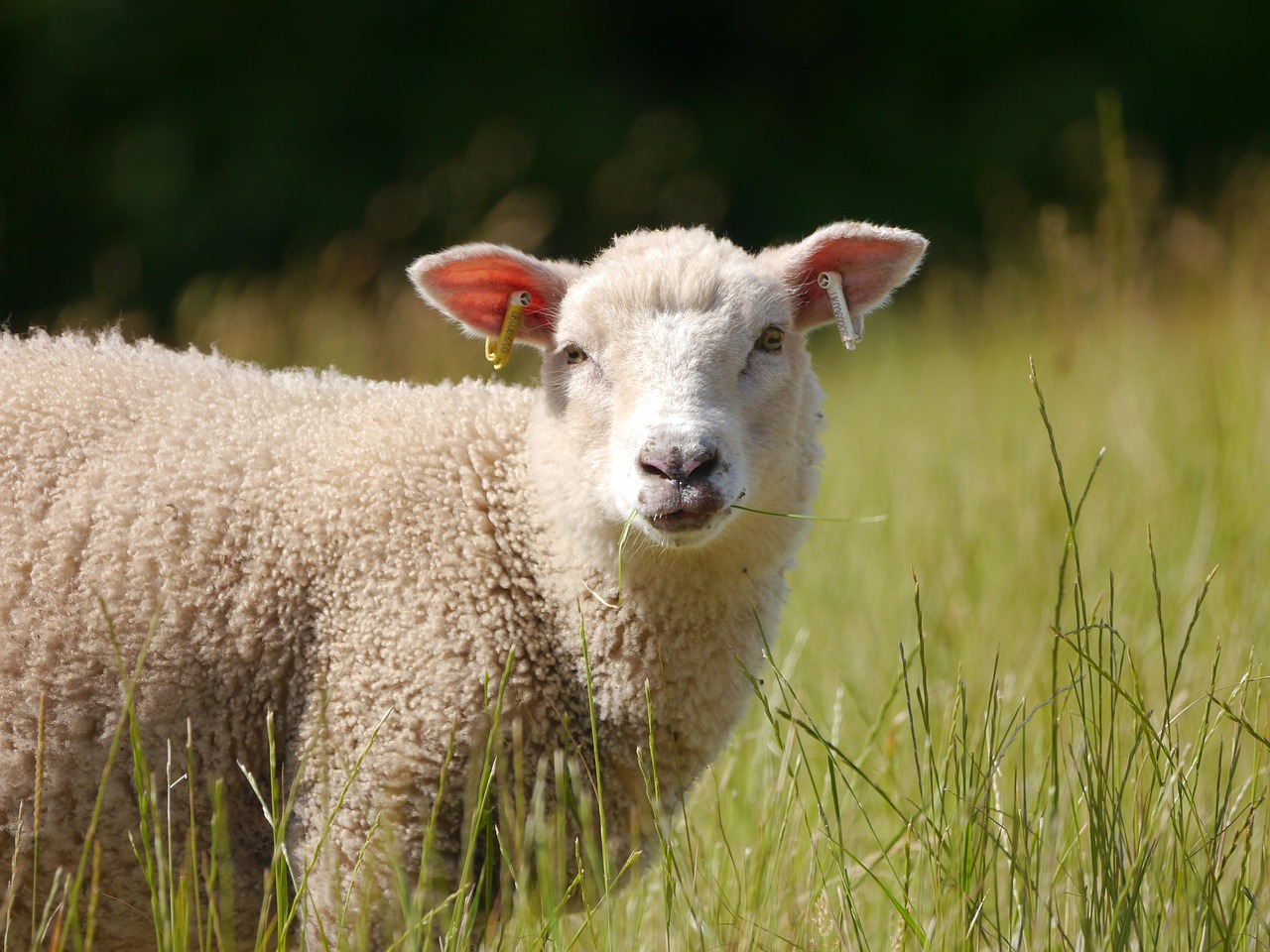
Students explore the difference between inherited and acquired traits and understand why knowledge of inherited and acquired traits is important to agriculture. Activities in this lesson include trait sorting, two video clips, a PTC taste test, and student presentations.
Students will simulate the process of gene splicing, understand the application of transgenic organisms in agriculture, and see how goats can be used for the production of goods other than meat and milk through the use of biotechnology.
Students learn about DNA by extracting it from strawberries. Students also analyze the similarities and differences of their extraction process to those on Genetic Engineering: The Journey of a Gene. Students learn how genetic testing (including DNA extraction) is useful in breeding new varieties of strawberries.
Students will map the scientific process of creating a bioengineered (GMO) plant, compare bioengineered soybean seeds to conventional soybean seeds, describe the impact weeds have on plant growth, and understand how a bioengineered seed can help farmers manage weeds.
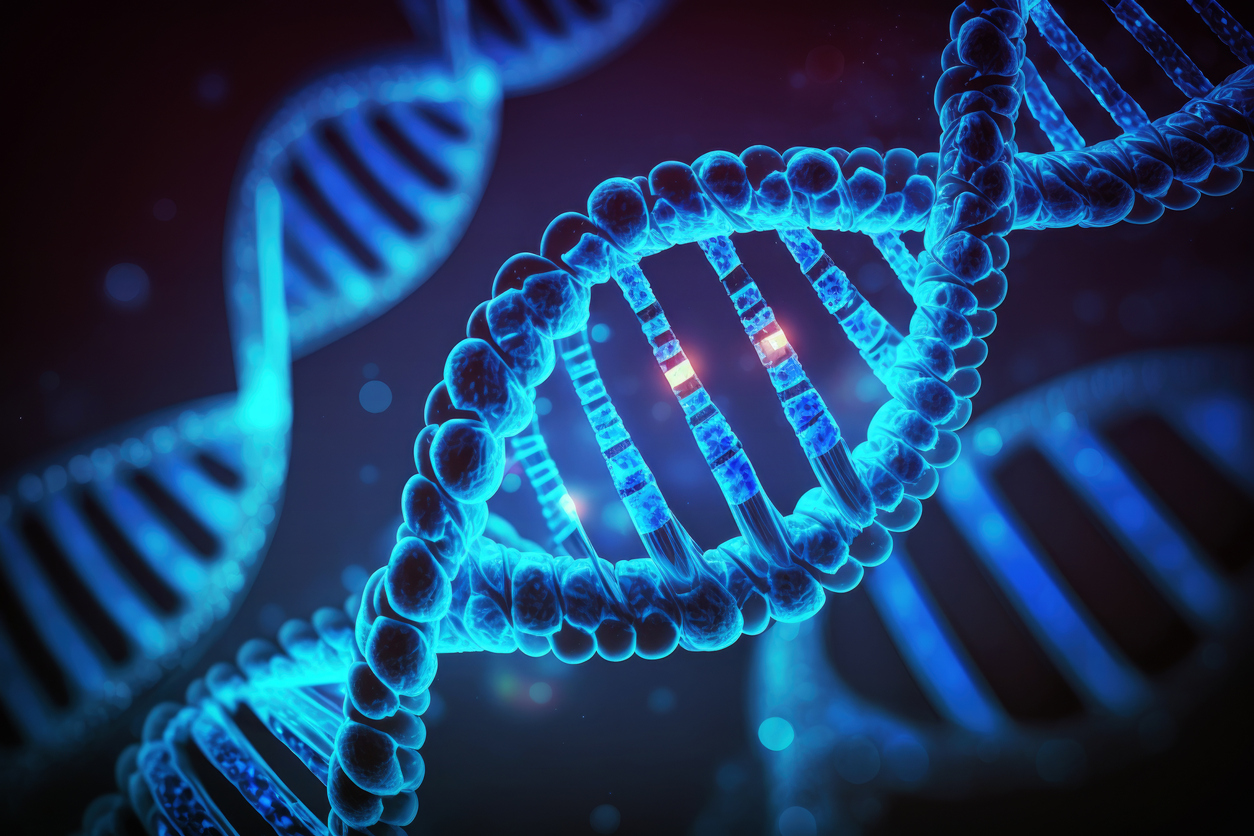
Students will simulate how a type of biotechnology called Marker Assisted Selection (MAS) is used to identify crop plants that have desirable traits such as sweet tasting fruit or natural resistance to a pest or disease.
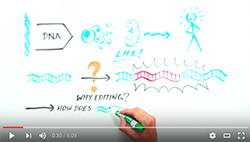
Since the discovery of DNA’s fundamental role in building and sustaining life, scientists have dreamed of having the ability to easily edit DNA in very precise ways. This video explores how a group of scientists made a major breakthrough in understanding the bacterial immune response, called the CRISPR/Cas system, and discovered a way to utilize this system to create a new technique to specifically change the DNA sequence of any organism with great ease. This video can be used with an advanced lesson on DNA to help students begin to see how science is advancing and how this knowledge can potentially be used.

The CRISPR-Cas9 system has revolutionised gene-editing, but cutting DNA isn’t all it can do. From turning gene expression on and off to fluorescently tagging particular sequences, this animation explores some of the exciting possibilities of CRISPR.
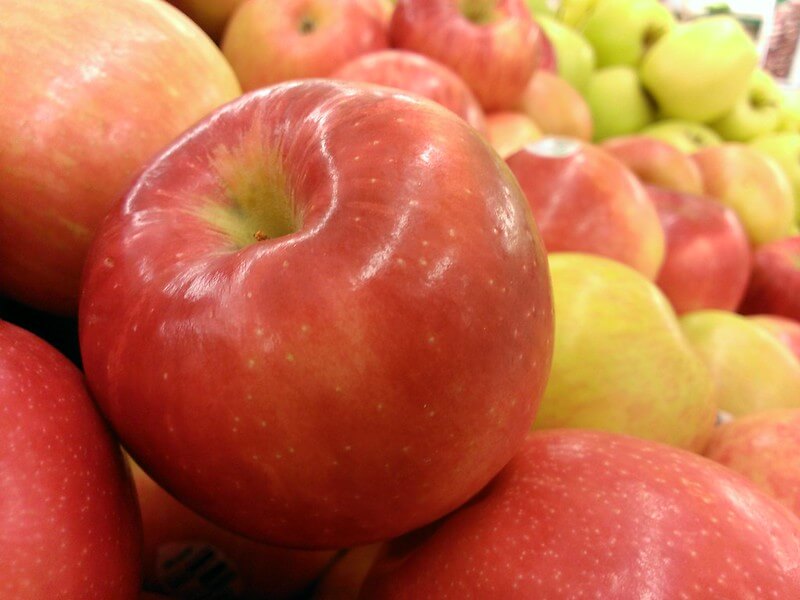
It took over 30 years to create the perfect apple. Find out how scientists designed the Honeycrisp to be the best.
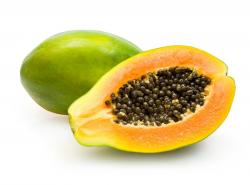
Use this 5-minute video to illustrate the complete process for developing a GMO through the scientific method and research. The Hawaiian papaya story is used as an example for resolving the papaya ring spot virus that had devastated the crop until a GMO variety was developed. Researchers and farmers turned to the development of GMOs as early as 1985 to improve the quality of plants to resist insects and disease while battling problems in production.